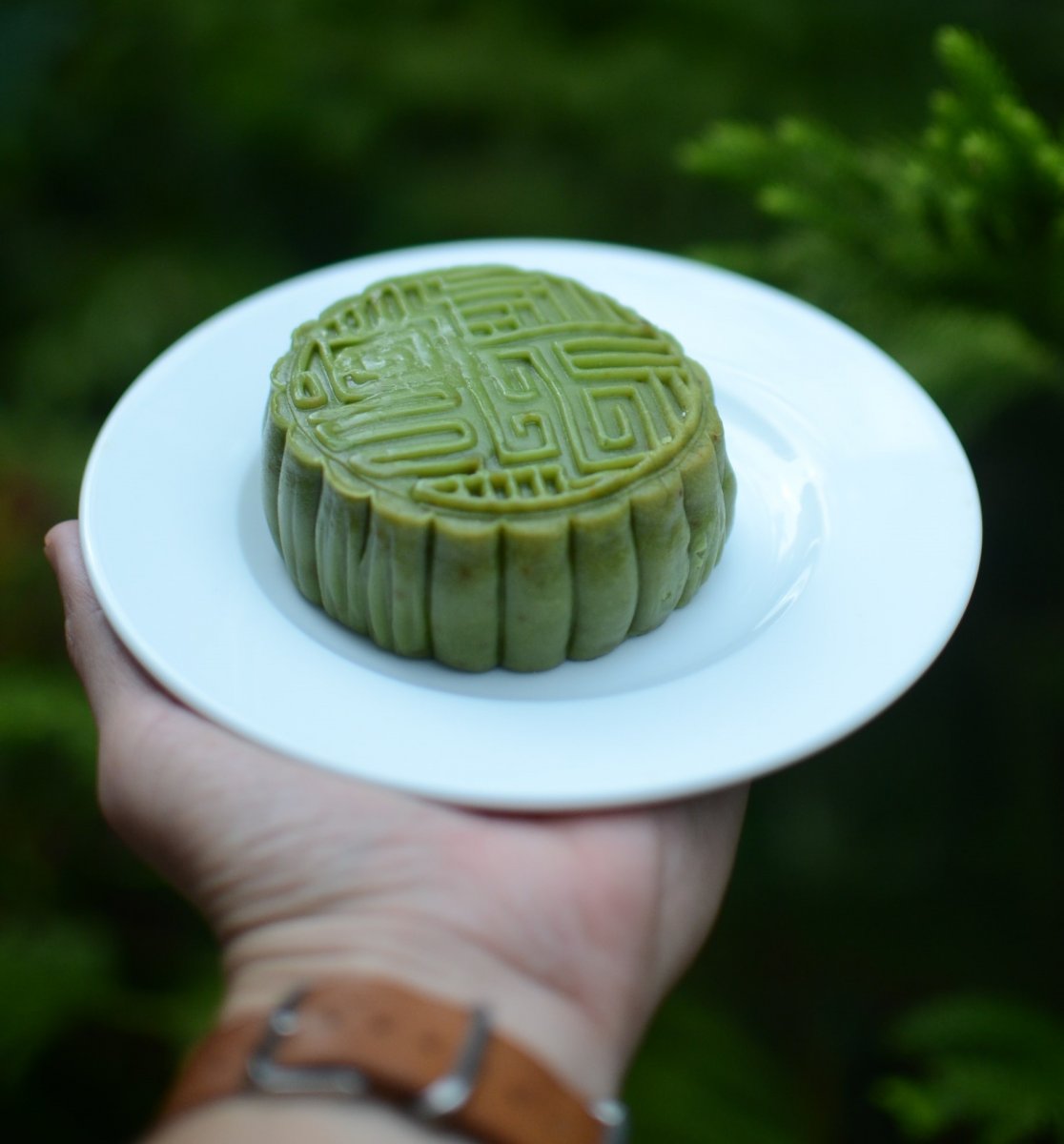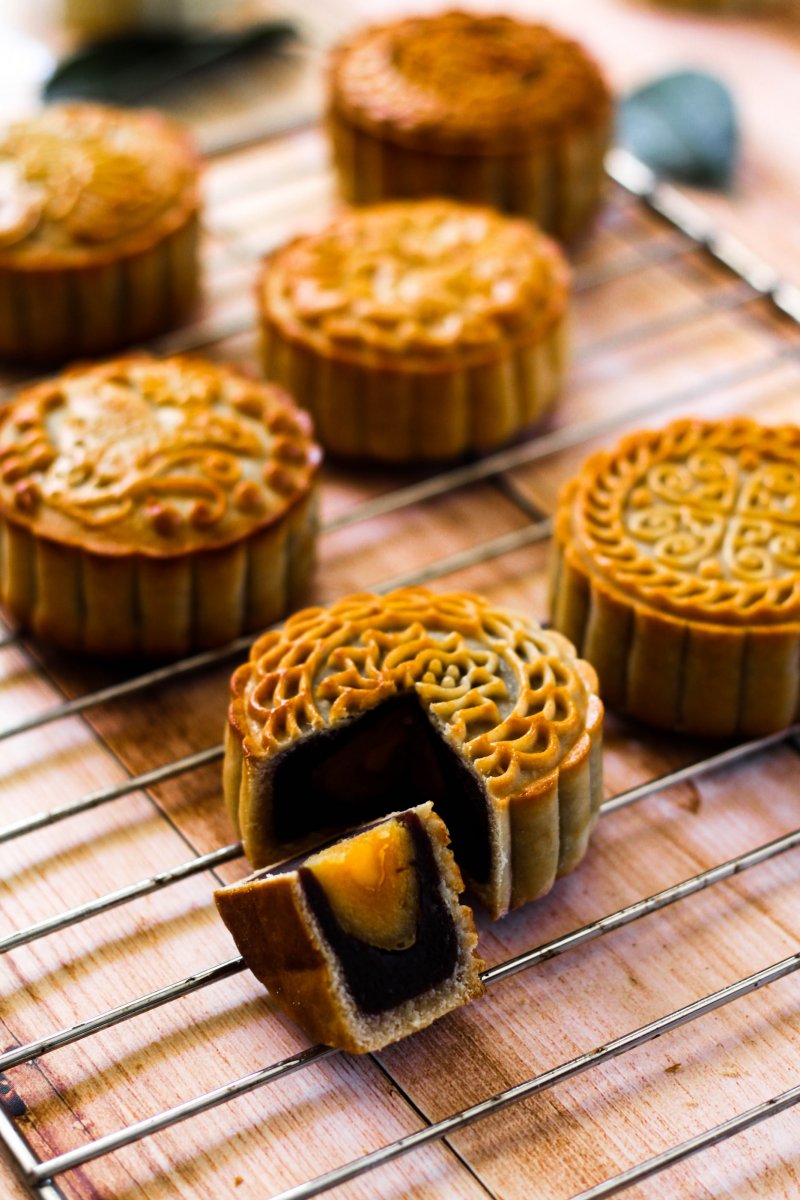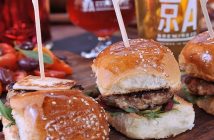Another Mid-Autumn Festival, another mooncake on the menu. Whether made of red bean, egg, mixed nuts, or some zany fruit filling, the mooncake is universal in supermarkets, offices, and neighborhoods this time of year. Are you tired of blindly nibbling on this regional treat without fully understanding its origins? It’s time to get some answers! For optimally informed snacking, let’s delve a little deeper into the mooncake’s origin story and quirks.

Follow us on a journey to the moon… cake
What Is This Thing Called Again?
While now referred to as a mooncake, this round calorie bomb has had several names throughout history. These include the Hu cake, royal court cake, small cake, or reunion cake. Mooncakes were in fact originally intended as an offering for the moon deity itself – used as a tool of worship before it was then consumed.
When Was the Mooncake “Invented”?
The earliest mooncake dates back to the Shang dynasty (1600-1046 BC) in association with a much-famed scholar Wen Zhong. The “Teacher’s cake” developed in Zhejiang province to honor his legacy.
How Has the Mooncake Changed Over Time?
The mooncake has changed drastically over time. When the Han Dynasty official Zhang Qian visited the western regions of China in the second century, he changed both the taste and name of the mooncake. The sesame seeds and walnuts he brought back became common ingredients. As these elements were picked in regions inhabited by ethnic minority groups (also referred to as “Hu”), the tasty confection was then referred to as “Hu cakes.”
The sweet was next renamed during the Tang dynasty (618-907). As the story goes, Emperor Xuanzong’s concubine Lady Yang noticed similarities between the Hu cake and the shape of the full moon. Her nickname stuck and the Hu cake was the Hu cake no more.

Why crack open an egg when you can find a perfectly good yolk inside of a delicious mooncake?
Are Mooncakes the Same Everywhere?
Not all mooncakes are the same! Over the centuries they have developed regional characteristics. Some particularly well-known varieties include those from Beijing, Suzhou, Guangdong, Hong Kong, and Sichuan. Some examples of these regional variations include:
- Beijing-style are known for their crispy brown shell.
- Suzhou mooncakes have many layers of thin, pale pastry which forms their crust.
- Guangzhou-style mooncakes have a thick, soft shell and more varied options for fillings.
- In Taiwan, sweet potatoes are also used as a mooncake filling.
- Hong Kong-style mooncakes (also known as Cantonese-style) are known for their double egg yolks and lotus seed paste fillings.
What’s a Fun Fact About Mooncake History That I May Not Be Aware Of?
As in turns out, mooncakes have a bit of a rebellious streak. During the Yuan dynasty from 1271 to 1368 AD, rebels would use mooncakes to deliver messages and coordinate uprisings. One such rebel, Liu Bowen, had the bright idea to inscribe the date of the next uprising on mooncakes, which were then sent to resistance forces. The rebels proved victorious and these helpful treats were distributed among the victors as an added bonus.
KEEP READING: Think the Shame Away: Discovering the Art of Mindful Eating
Images: Chinh Le Duc, Phan Đức, and Huong Ho (via UNSPLASH)




